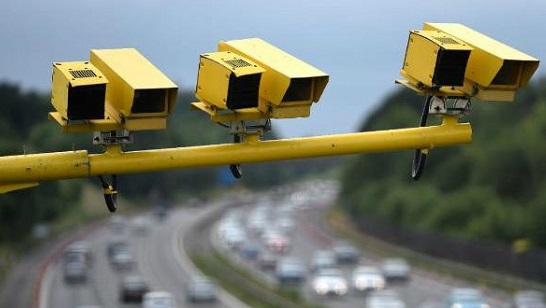Traffic cameras monitor road safety, not surveillance, says MIA

More cameras have been installed to monitor roads in Georgia – but this is to ensure public and road safety and not because of surveillance, says the Ministry of Internal Affairs.
The Ministry released a special statement this afternoon that explained contactless patrolling had nothing to do with surveillance, as speculated by some individuals and the media.
The Ministry stressed the "continual misinterpretation of the issue” mislead the public.
Over the last few years the number of vehicles in Georgia had increased by 20 percent and that raised the risk of accidents, said the Ministry.
While police officers stationed at roads directed traffic and monitored road violations, contactless police patrolling was another way to monitor driving and better ensure safety on Georgian roads.
Our main task is to protect the lives and safety of citizens so we are obliged to take effective measures in this regard,” said the Ministry.
We would like to emphasise that the contactless patrolling, as well as the traffic safety project, serves the most important value - human life and safety.”
The Ministry described the situations where contactless patrolling was necessary. It stressed this approach was a safety tool and it worked "very effectively” in a range of European states.

In December last year the Ministry of Internal Affairs announced about a new traffic security program. Photo by the Ministry of Internal Affairs.
The MIA explained:
- Contactless patrolling is not conducted towards an identified person or a group of persons, but it also involves the whole traffic process without identifying any individual. Contactless patrolling identifies only the vehicle that violates the traffic rules.
- In instances where traffic rules are broken, a driver is not identified but a fine issued in the name of the vehicle’s owner. This is normal practice.
The Ministry’s statement outlined contactless patrolling protected everyone on the roads: pedestrians, vehicle drivers and passengers, when the police patrols were not at a scene.
A draft bill by the Ministry, which still needs to be approved by Parliament, stated contactless patrolling will have no impact on a person’s driving license and in some situations drivers will not lose demerit points which might lead them to lose their license and repeat their driving exam.
In December 2015 the Ministry announced a new traffic security program that would increase safety and raise awareness of the rights and responsibilities of drivers, passengers and pedestrians. Contactless patrolling was part of the program.
Authors of the bill noted cameras were already installed in Georgia but there were signs indicating their location. Furthermore drivers could also download an app to tell them where the cameras were, and subsequently slow down while driving past.
If more cameras were installed, drivers would be more cautious when they did not know where the cameras were located, they said.
 Tweet
Tweet  Share
Share